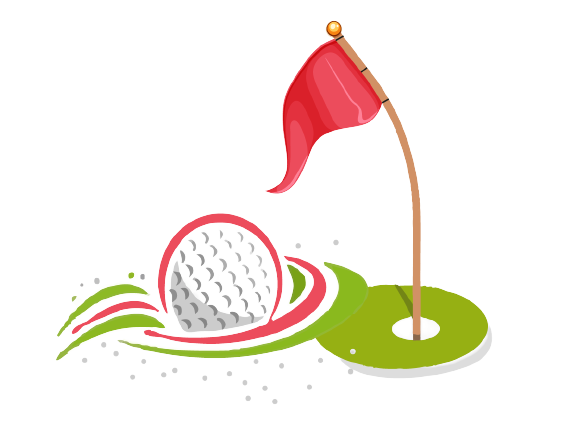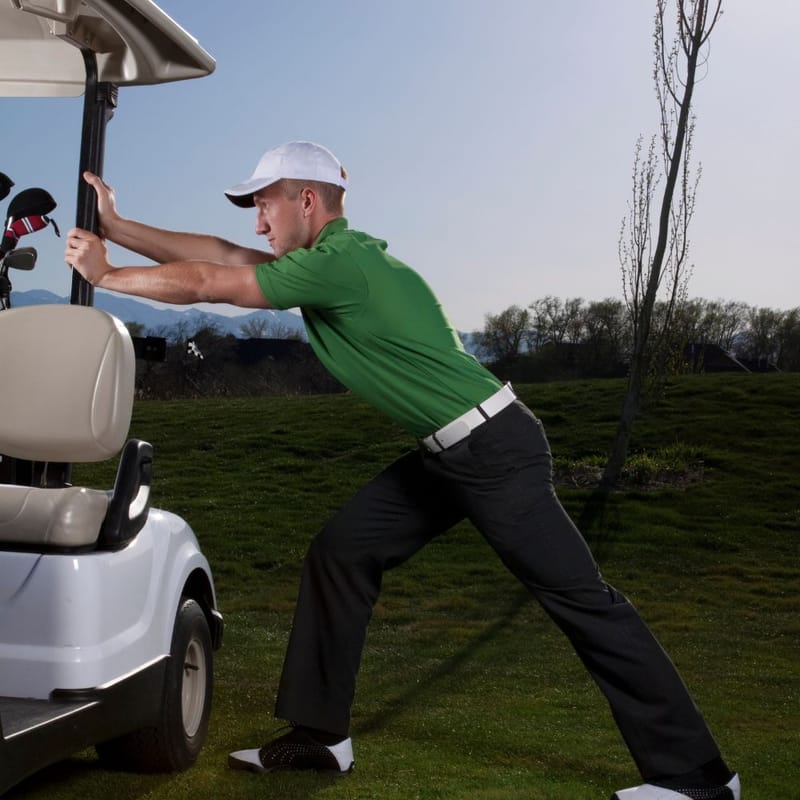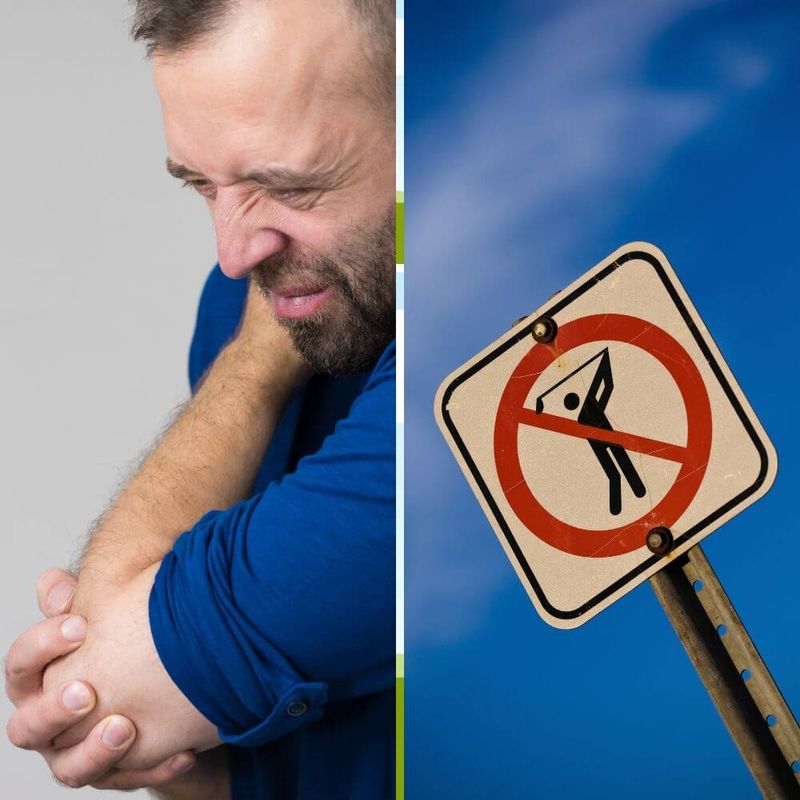Content Summary
What Type of Knee Injury Can One Experience Playing Golf?
One of the most common knee injuries that golfers experience is a meniscus tear. The meniscus is a piece of cartilage that acts as a shock absorber between the thigh bone and the shin bone.
A meniscus tear can occur when the golfer twists their body weight in a twisting motion, causing the cartilage to tear. This can be a very painful injury and can often lead to surgery.
How do you get golfer’s knee?
Golfer's knee is a type of soft tissue injury that can occur from playing golf. It is caused by the extreme force that is placed on the ligaments and cartilage in the knee when playing golf.
This can lead to arthritis or other soft tissue injuries. Golfer's knee can be prevented by using proper body mechanics and avoiding overuse of the knee joint.
How do you treat meniscal tears?
There are several ways that meniscal tears can be treated, depending on the severity of the tear. For minor tears, it may be possible to simply rest the knee and avoid putting too much weight on it.
Ice can also be applied to help reduce swelling. For more severe tears, surgery may be necessary.
One surgical option is called a keyhole or arthroscopic surgery. This is a minimally invasive procedure where small incisions are made around the knee joint and a tiny camera is inserted. The surgeon can then see the damage and repair it using special instruments.
Another option is open surgery, which is more invasive. This type of surgery is usually only necessary for very large tears or if other damage to the knee joint is present. During open surgery, the surgeon makes a larger incision and can directly see and repair the damage.
After either type of surgery, it is important to follow the rehabilitation protocol prescribed by your surgeon. This will help ensure a successful recovery and help reduce the risk of further injury.
For example, golfers who have had meniscal surgery should not return to playing golf until they have been cleared by their surgeon.
Should golfers get a partial knee replacement?
A partial knee replacement may be a suitable option for some golfers. This type of surgery involves replacing the damaged cartilage and ligament in the knee joint.
The recovery time is typically shorter than for a total knee replacement. However, it is important to discuss all treatment options with your doctor to determine what is best for you.
How do you prevent knee pain in golf?
To prevent knee pain in golf, it is important to maintain good form and alignment during your golf swing. Rotational movements during the golf swing can put stress on the knee joint and lead to degeneration of the cartilage or meniscus.
To stabilize the knee joint and prevent this type of damage, it is important to keep your weight evenly balanced throughout the swing and avoid any sudden rotational movements. If you are already experiencing knee pain, consult a doctor to see if you have developed osteoarthritis.
What should I do if I have knee pain from golfing?
If you're experiencing golf knee pain from golfing, the first step is to consult with a sports medicine physician. They will be able to evaluate your ligaments and meniscus to see if there is any damage.
If there is, they may recommend physiotherapy or even knee surgery. In some cases, knee pain can be caused by overuse or arthritis. If you have arthritis, you may be a candidate for a knee replacement.
Golf after knee replacement
Golf is a sport that can be enjoyed by people of all ages and abilities. It is also a sport that can be played after a knee replacement.
There are many benefits to golfing after knee replacement surgery, including the ability to reduce stress and to help keep physically fit.
One important factor to consider when golfing after knee replacement surgery is your handedness. If you are a right-handed golfer, you will want to make sure that your lead leg is your left leg. This will help to reduce the amount of force on your right knee.
Another important factor to consider is your arthritis. If you have arthritis, golfing can actually help to reduce the pain and inflammation in your joints. Golfing is a low-impact activity that can help to keep your joints moving and reduce stiffness.
If you are considering golf after knee replacement surgery, talk to your doctor or physical therapist first. They can help you determine if it is safe for you to start playing and offer tips on how to make the most of your game.
Bonus Question - What is difference between orthopedic and orthopaedic?
“Orthopaedics” is commonly regarded as the British and academic spelling of the term while “orthopedics” can be considered its Americanized version; however, you may see these spellings used interchangeably.
Thank you for visiting and we hope to see you back soon!
Note: We use affiliate links and may receive a small commission on purchases at no additional cost to you.






